Employee engagement isn’t easy. It can’t be boiled down to “5 Easy Tips!” And contrary to what you might see in the marketplace, it’s not just about running a survey every year or asking teammates to rate their mood with a smiley face or a frowny face every day as they walk out the door. These tools don’t do anything at all about changing the workplace by themselves. Tools don’t have anything to do with strategy, they can only provide information.
Employee engagement is about building a company culture in which people can and will do their very best. It takes a lot of time, commitment, and thought to create a program that will have a long-term positive impact.
So, why bother with yet another initiative, when everyone is so busy all the time anyway? We know that companies that score highly on employee engagement metrics also show higher profits, lower absenteeism, and higher customer service ratings. Whether the engagement drives the results or the results drive the engagement, this is an important correlation. Finding time to give your company the best chance to be successful is essential and – like it or not – it takes employee engagement to succeed in a competitive environment.
To create a culture that inspires people to work together and to give it their all, you have to start at the beginning.
Gain Senior Leader Commitment
If you want people to believe that their individual achievement matters and makes a difference, you have to start at the very top. Successful leaders understand that the people who make the organization run every day are absolutely critical to its health. And to encourage those people to contribute their best, the value that organizational leaders place on their teams has to be communicated.
With visible senior leadership support, HR can move forward with a mandate to create organizational and cultural change. HR managers know that employees are complex, with diverse drives and interests. They understand that an engagement program must connect with a wide audience and address competing priorities. Unless senior management is openly and actively supportive, attempts to engage employees are likely to be seen as hollow or as futile efforts by some well-intentioned middle managers. That can render the challenge impossible to surmount.
Take a Look at Company Values
Your company values are the foundation on which an organizational culture can be built. They act as a roadmap for employees, defining what is expected of them, including such concepts as collaboration, innovation, respect, or customer-centricity. Values should be direct, to the point and memorable.
These values also serve as a promise to employees. In the workplace, they can expect collaboration, support for new ideas, respect, and to do work they can be proud of. Taking this step defines expectations on both sides.
How Will You Measure Success?
With values and organizational goals in mind, it is important to define a few key metrics and take baseline measurements. What is important to your organization? Sales in a certain sector? Innovative design? Customer service scores? Only by understanding how well (or poorly) the organization is doing can you see the results of your program.
If this is part of your organizational practice, this is a good time to take an employee engagement survey, which may shed light on existing problems within the organization. One important thing to keep in mind however: Benchmarks compare you to the average. It is more important to see improvements in your own organization than to measure your company against average. Average isn’t engaged. Average is average. And that’s not good enough for employees, stakeholders, or customers.
Create a Recognition Program
Every employee in your workplace wants to be acknowledged for a job well done. And every employee in your workplace can benefit from seeing good examples from which all can learn.
By creating a recognition program – ideally to include informal, on-the-spot, and formal opportunities to acknowledge and encourage employees – you can begin to define the actions needed by the company and to make the connection between personal achievement and professional success.
 Many recognition programs are housed in an on-line platform, which makes it easy to recognize and reward, often with a social, Facebook-like component. This is a best practice for day-to-day operations and should be complemented by formal quarterly or annual awards, to be celebrated as a company.
Many recognition programs are housed in an on-line platform, which makes it easy to recognize and reward, often with a social, Facebook-like component. This is a best practice for day-to-day operations and should be complemented by formal quarterly or annual awards, to be celebrated as a company.
On-line platforms also provide the robust reporting which can help to understand who is doing the recognizing and for what reasons. This can lead to important coaching moments for managers, who may not naturally be likely to fall into line with the company’s message on recognition.
With peer-to-peer options for recognition, the program is driven out into the company and employees become owners of the program, as well as its beneficiaries. Another important way to earn employee confidence in the program and its fairness is to involve teammates in the administration of the program.
Have Some Fun
Social relationships matter in the workplace; they help get things done. So to crank up the interaction and connections in your office, it’s important to encourage employees to cross departments and functions and to see themselves as part of the greater whole. Celebrate successes, acknowledge milestone events, get out of the cube and have some fun together. It works wonders to melt barriers in the office.
There are many further opportunities to engage employees – milestones, coaching, development opportunities, and incentives to name a few – which can be built upon the foundation of values and recognition.
Engagement is both the cause of success and the result of it. As a culture of engagement is established, the virtuous circle of effort and achievement will develop. It takes time and it takes on-going analysis, but the benefit to organizations and individuals makes it all worthwhile.
Originally published on LinkedIn.



